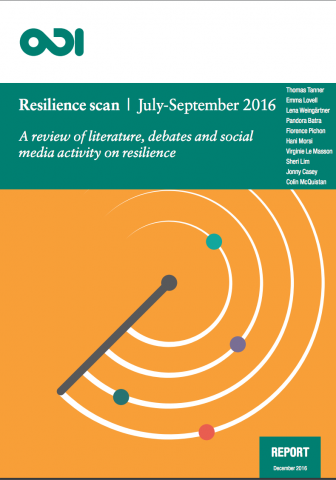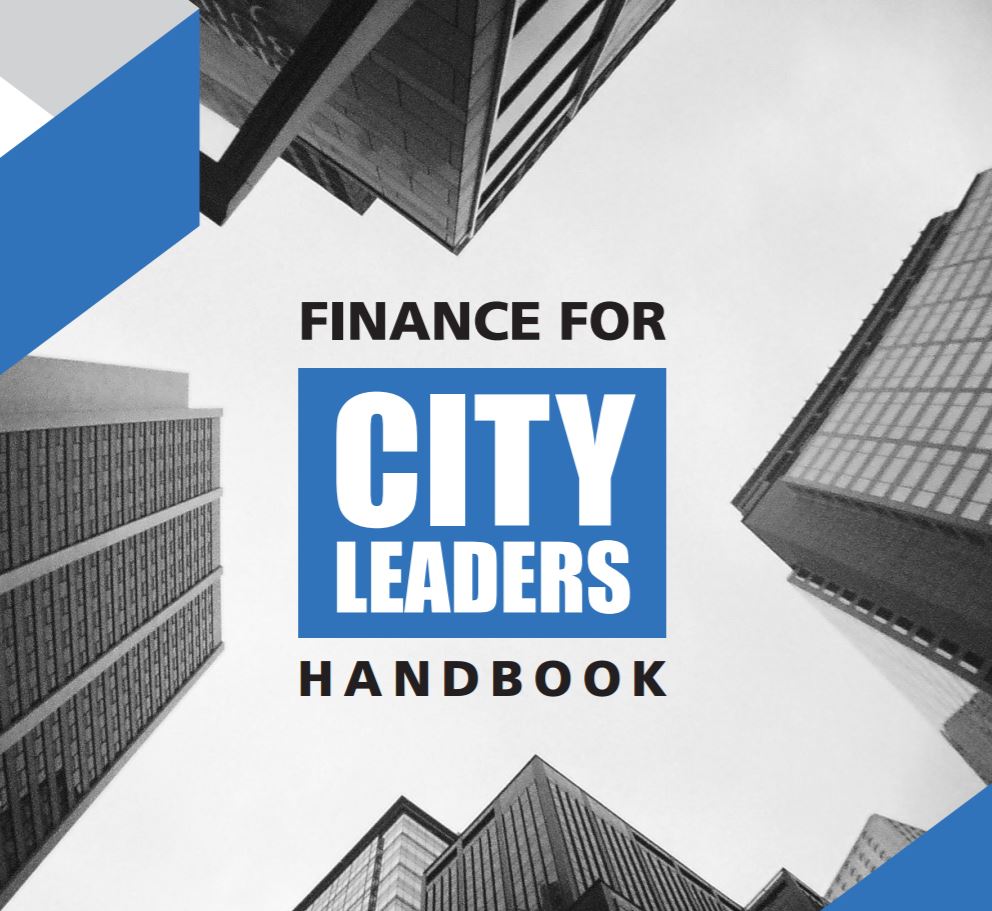Urban Perspectives: Climate Change, Migration, Planning and Financing
2017 New Generation of Ideas Report from Wilson Center. Recognizing the need to strengthen the ties between urban policymaking and new scholarly work on urban development, the Wilson Center’s Urban Sustainability Laboratory, USAID, the World Bank, IHC Global and Cities Alliance teamed together to cosponsor the annual “Reducing Urban Poverty” paper competition for advanced graduate […]
Urban Perspectives: Climate Change, Migration, Planning and Financing Read More »


